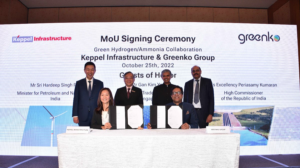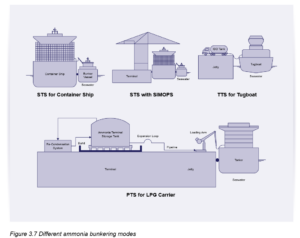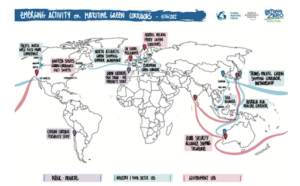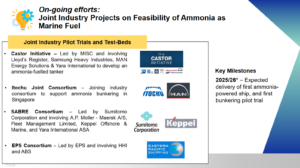Keppel Infrastructure, Greenko to explore ammonia production in India
The pair will explore a new, 250,000-tonnes-per-year renewable ammonia production facility in India, powered by 1.3 GW of solar, wind and pumped hydro generating capacity. The ammonia will be used for “demand for low carbon energy” in India and Singapore, and also as bunker fuel. In related news, Indian energy major Jakson Green has announced it will build a $2.8 billion, 365,000 tonnes per year renewable ammonia production plant in Kota, northern India.









